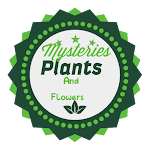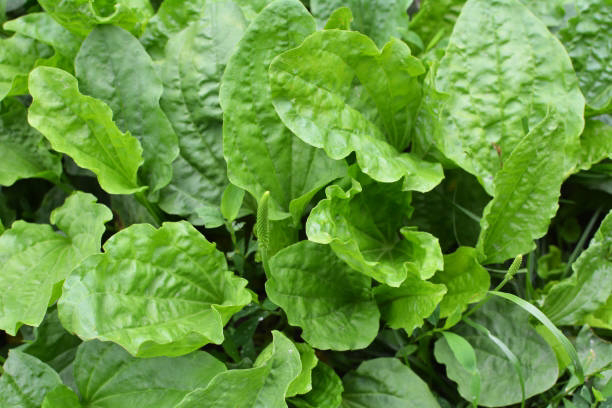1. Versatile Medicinal Uses: Throughout history, the broadleaf plantain has been used to treat a variety of ailments, including coughs, wounds, and digestive issues.
2. Potential Health Benefits: Modern research suggests that this plant may have anti-inflammatory, antibacterial, and antioxidant properties, offering potential health perks.
3. Ancient Healing Tradition: People have been using broadleaf plantain in traditional medicine for centuries, making it a time-tested remedy.
4. Bioindicator of Environmental Stress: The plant's sensitivity to pollutants makes it a valuable indicator of environmental stress, helping to identify areas in need of attention.
5. Soil Stabilization: Broadleaf plantain's deep roots and dense foliage help prevent soil erosion, making it beneficial for stabilizing disturbed areas.
6. Prolific Seeder: This plant produces numerous seeds, allowing it to spread quickly and colonize new areas with ease.
7. Invasive Potential: While helpful in some contexts, its rapid spread can also make it invasive, crowding out native plant species and disrupting ecosystems.
8. Resilient Growth: Broadleaf plantain thrives in various environments, from lawns to roadsides, showcasing its adaptability and resilience.
9. Nutritional Value: Despite being considered a weed, broadleaf plantain is edible and nutritious, containing vitamins, minerals, and fiber.
10. Edible Leaves: The young leaves of the plant can be eaten raw in salads or cooked as a nutritious addition to meals.
11. Historical Significance: Broadleaf plantain has been mentioned in historical texts and folklore, highlighting its cultural importance throughout the ages.
12. Natural Pest Repellent: Some gardeners use broadleaf plantain as a natural pest repellent, harnessing its properties to deter unwanted insects.
These fascinating facts demonstrate the broadleaf plantain's multifaceted nature and its significance in both traditional medicine and environmental stewardship.



